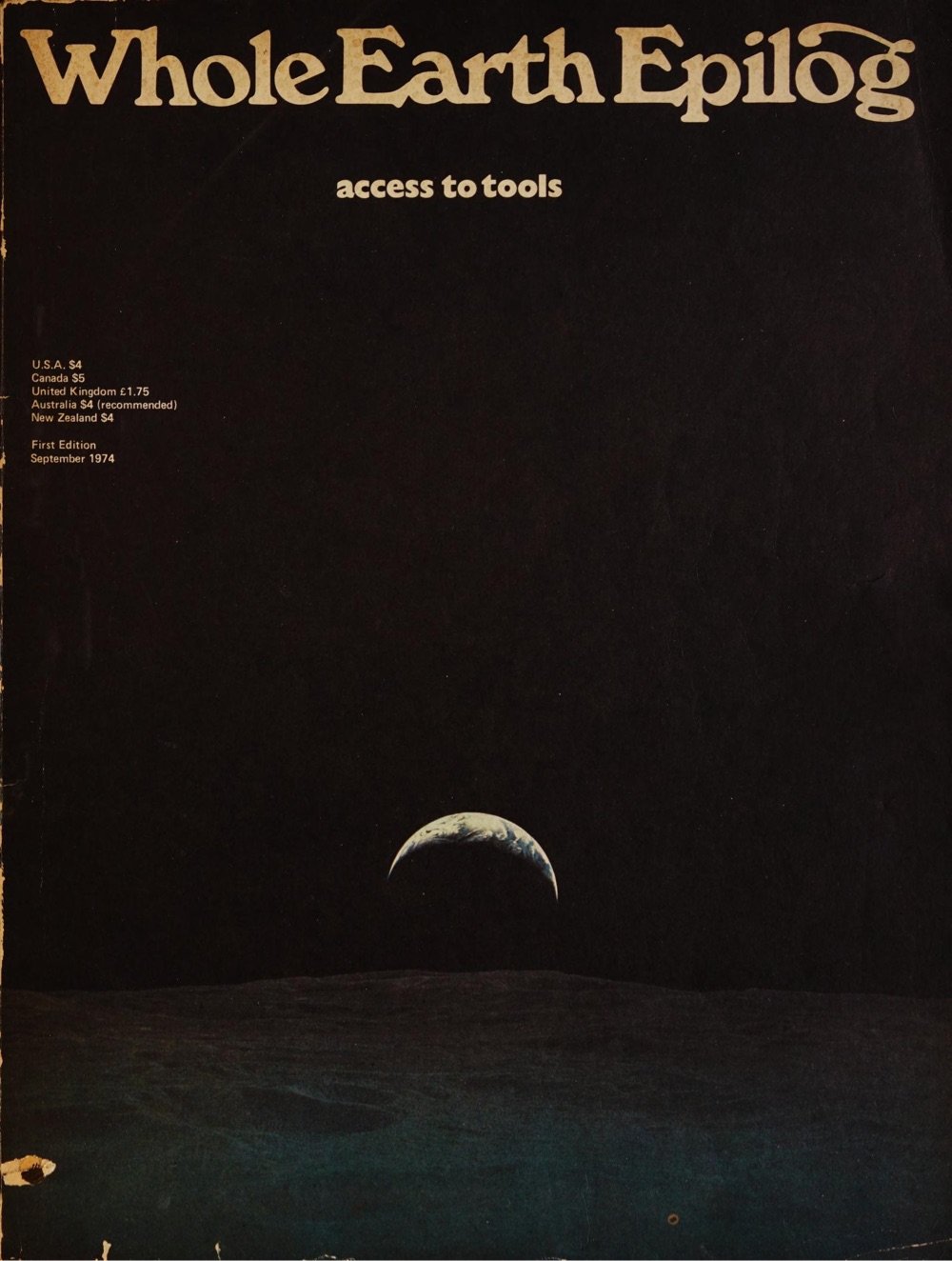All of the Whole Earth Catalog Is Now Available Online for Free



The influential Whole Earth Catalog, along with a number of related publications, has been uploaded to The Internet Archive and is now available online for free at the Whole Earth Index. From Wired:
The Whole Earth Catalog was the proto-blog — a collection of reviews, how-to guides, and primers on anarchic libertarianism printed onto densely packed pages. It carried the tagline “Access to Tools” and offered know-how, product reviews, cultural analysis, and gobs of snark, long before you could get all that on the internet.
At the time of its initial publication in the late 1960s, the periodical became a beacon for techno-optimists and back-to-the-land hippies. The Whole Earth Catalog preached self-reliance, teaching young baby boomers how to build their own cabins, garden sheds, and geodesic domes after they had turned on, tuned in, and dropped out — well before they grew wealthy enough to buy up all the three-bedroom single-family homes. The catalog also had a profound impact on Silicon Valley’s ethos, and is credited with seeding the ideas that helped fuel today’s startup culture.






Stay Connected